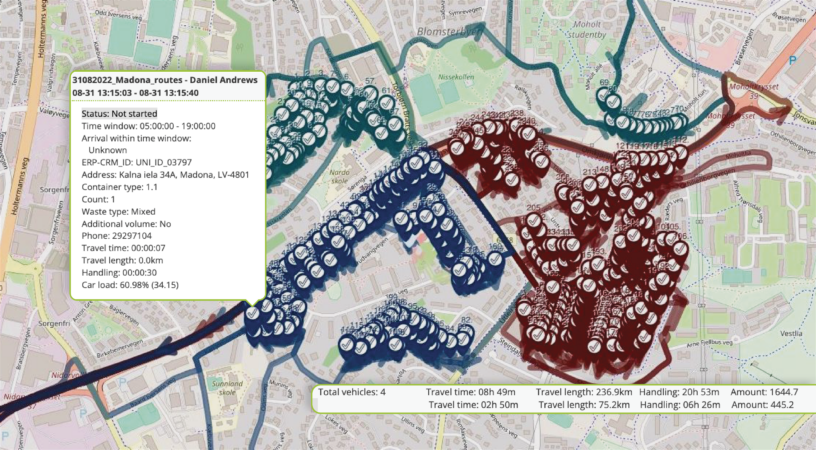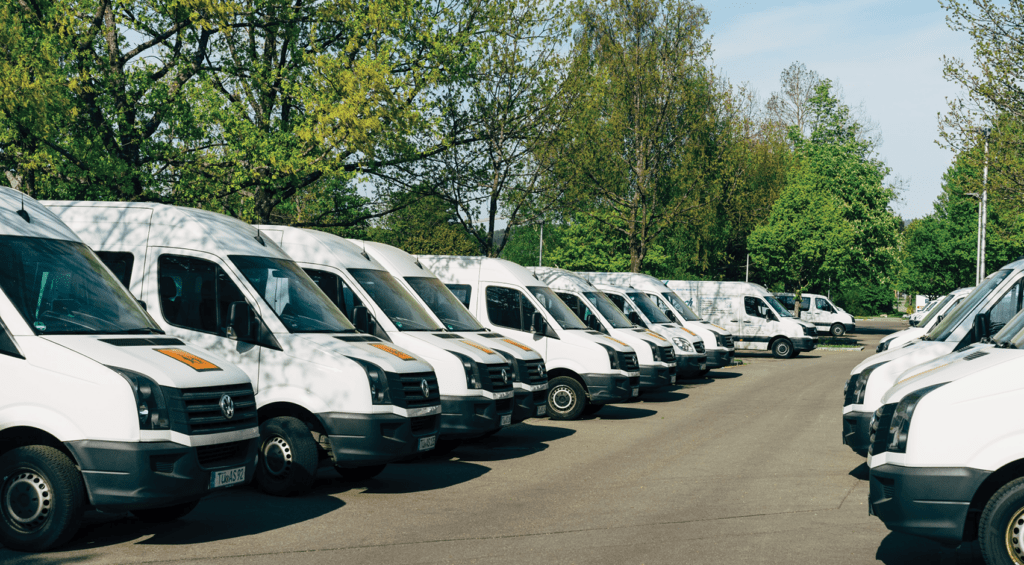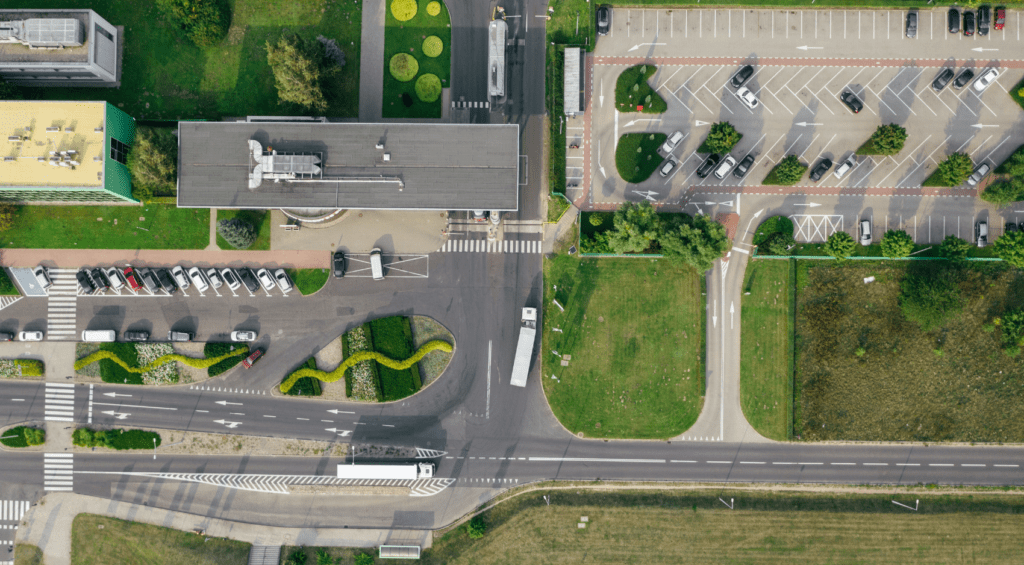What is route optimization, and how can it help my business?

If you run a business that involves a strong logistics element, you’ll be keenly aware of the time and resources required to accurately plan and manage routes between hundreds and thousands of destinations.
As the cost of living increases across Europe and the rest of the world, managing driver wages, rising fuel bills, and the general maintenance costs of a fleet of vehicles requires more planning than ever before to find the greatest levels of operational efficiency.
Small improvements to vehicle routes and in-depth analysis of stock and staffing levels can save time, money, and resources and help lower emissions and increase customer satisfaction.
With the proper route optimization tools in place, businesses often achieve a 20% increase in efficiency, combined with a 40% reduction in planning time and costs.
In this article, we’ll explain the concept of route optimization, how it can benefit your company, and why manually planning logistics operations isn’t an ideal solution if you’re looking to scale your business in a challenging economic climate.
Let’s dive right in:
What is route optimization?
Route optimization is about improving logistics flows to achieve higher levels of efficiency and reduce operational costs. Effective route planning and optimization aren't simply about learning how to calculate cost per mile; they also involve careful consideration of schedules, service time windows, vehicle profiles, load limitations, traffic logic, staffing levels, stock availability, and much more.
Yes, it's essential to find the fastest way for delivery or logistics staff to quickly get from point A to B. Still, route optimization for modern business will also need to take into account a vast range of factors, including, but not limited to, legal requirements, congestion, and low emissions rerouting, as well as a host of constantly changing variables.
Why is route planning important?
Put simply, route optimization — especially with the right automated solution — saves money, overcomes difficult-to-solve logistical problems, and helps your business to scale by predicting and preparing for future scenarios.

Is it possible to plan and optimize routes manually?
If you’re a small business with a handful of vehicles, then yes, absolutely! However, as things become more convoluted, and your team and delivery volume grow, it’s simply impossible to manage the complexities involved in a modern haulage or logistics operations manually — especially if you’re hoping to achieve the highest levels of efficiency.
Here are some of the things that will happen without fully automated routing software in place:
Efficiency losses
Modern software solutions use complex algorithms and geospatial analysis, enabling them to predict bottlenecks and inefficiencies. In addition, modern transport management software allows field staff and drivers to flag issues en-route, divert to account for differing parcel volumes and sizes at depots, and even send alerts when vending units are at low stock levels.
Inability to scale
Without a route planning software solution in place, transport and logistics businesses will find it incredibly difficult to scale once they reach a certain size — whether in terms of staff levels, delivery volumes or fleet size. Manually planning will quickly reach bottlenecks that could lead to increased errors, a drop in efficiency and a lower standard of service.
Lack of accuracy
There’s just no way that human planners can predict and adapt to every circumstance that might impact the efficiency of a delivery operation. Weather, traffic, and even the competence of staff could lead to a lack of accuracy and ultimately mistakes being made during delivery rounds.
Flexibility issues
What will your team do when faced with last-minute orders, supply issues or high levels of staff sickness? Manual planning might be flexible in theory, but it can’t react quickly enough to overcome complex issues on a large scale.

Is route optimization only for delivery and logistics companies?
Definitely not. Route optimization and advanced routing software can be a fantastic tool for all manner of industries:
- Waste management software can help refuse collection companies plan their rounds taking into account different waste types and load volumes, while also picking the best routes for fuel efficiency.
- Forestry and agriculture operations can benefit from route optimization due to the wide range of factors (often environmental) that can affect felling or harvesting processes.
- Vending companies regularly need to plan routes to refill and service machines, and the best software for route planning also incorporates complex stock level checks and predictive analysis, helping drivers to reroute before machines become empty, or to account for extra time servicing and refilling.
Summing up
So to sum up, and answer the question ‘what is route optimization?’ The answer is simple: route planning and optimization are key considerations for modern businesses looking to attain higher levels of efficiency, profitability and customer satisfaction. To achieve the fastest route planning and take into account every conceivable variable, companies are increasingly looking to automation and complex algorithms to plan for every eventuality.
Please select the most suitable time for a call with Mappost representative
We will be happy to share more about Mappost, demonstrate the system and answer all your questions!